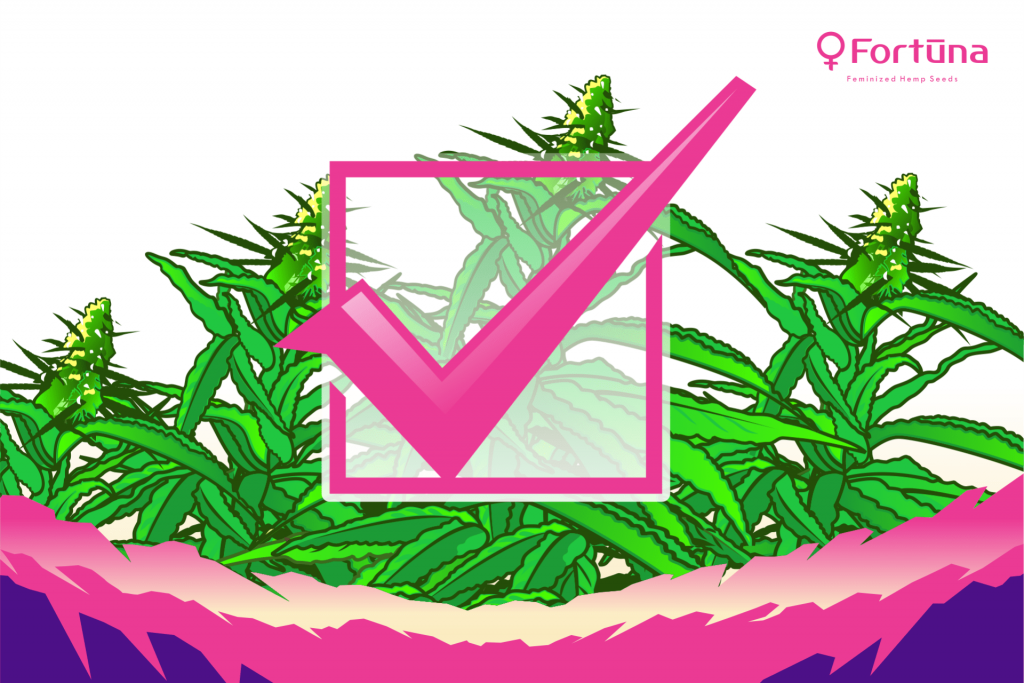
- Guides
-
by gu
Hemp farming problems are all too common. Many farmers get into the hemp cultivation business expecting a similar crop to corn or wheat. But hemp farming is a unique beast and includes many common hemp farming problems that can be costly if not promptly addressed. Today, we’ll discuss some of the most common hemp farming problems and what you can do to avoid them.
Common Hemp Farming Problems
Hemp farmers may encounter many different problems, but most fall into three basic categories: low-quality crops, inadequate harvest plans, and distribution challenges. This list is by no means exhaustive, but it does give a good insight into the most common hemp farming problems.
Growing Low-Quality Crops
It is incredibly easy to produce a low-quality hemp crop. As mentioned, growing CBD hemp is not like growing corn or wheat and requires more diligent care to ensure a top product. For example, CBD hemp requires a precise irrigation and nutrient schedule to encourage cannabinoid production. Furthermore, it needs protection from harsh elements to avoid stress-induced THC spikes. Because THC is still a Schedule I narcotic, low THC levels are of considerable concern to hemp farmers.
Another factor that contributes to common hemp farming problems is the presence of male plants amongst a sea of females. Typically, cannabis plants are either male, female, or hermaphroditic. In an average setting, male cannabis plants pollinate female plants, thus triggering them into seed production. Though this is a good thing for grain crops (and a moot issue for fiber crops), it is detrimental to the CBD hemp crop.
When a flowering female begins producing seeds, she slows cannabinoid production dramatically. Pollinated female hemp flowers result in both seedy hemp flower (and additional labor costs), and also reduced product quality. By far, the best way to avoid this issue is only to grow feminized CBD seeds – never skimp on hemp seed quality or genetics!!
Finally, because there is a learning curve when growing CBD hemp, farmers should understand that the first year often brings low yields. It’s easy to assume that the more acres of hemp you grow, the higher your profit will be. However, those inexperienced with hemp cultivation should approach the endeavor slowly, expanding as they become more familiar – and better prepared – for the entire hemp farming process.
Inadequate Farming Plan
CBD hemp farming at scale is a relatively new endeavor that has caused many common hemp farming problems. For example, there is a lack of adequate hemp farming equipment available. Though there have been some advances in hemp farming technology, they often come with substantial investment. Without a CBD harvester or hemp planter (both of which retail for thousands of dollars each), farmers will have to do it themselves. This adds countless working hours to the hemp cultivation process, which is already low due to the time-sensitive nature of this particular crop.
Hemp crop timing demands begin before planting the first seed. Though hemp seedlings cannot withstand a hard freeze, late spring is no reason to wait to plant. Prolonging seed germination until the weather permits is a common hemp farming mistake as it does not allow the crop to fully flower. An inadequate flower period results in diminished cannabinoid levels. The best way to combat a late season is to start seedlings early in a greenhouse setting rather than direct seed sewing.
Adequate drying chambers are also necessary for CBD hemp farming, as is the need for people to tend to them. Insufficient labor to handle hemp crop demands is, unfortunately, too common and can result in hot crops or spoiled product.
Distribution Challenges
Hemp farmers experience distribution challenges for many reasons. When farmers cannot find buyers for hemp biomass, they may end up sitting on their product too long, rendering it less and less desirable with each passing day.
To be clear, it is not necessarily a saturated market that is causing these common hemp farming problems. More likely, it is a lack of hemp biomass processors. The market demands CBD products, but without the proper processing equipment, CBD hemp may never make it to market. Fortunately, many new processing facilities are popping up as the industry advances, though not at the rate of new hemp farmers. According to Vote Hemp, hemp farm acreage increased 220 percent from 2017 to 2018.
Brokers are often the best way to help ward against hemp distribution challenges. They connect hemp farmers with buyers and processors well in advance and help iron out all details of a transaction. This helps ensure everyone gets a fair deal based on the most current market trends. Farmers who work with brokers to negotiate sales early in the season rarely have to worry about market saturation. Furthermore, they are less likely to over or underprice their product. Most importantly, a broker helps ensure everyone has realistic expectations of the buying process.
Final Thoughts About Common Hemp Farming Problems
First-year hemp farmers often experience these common hemp farming problems. However, that is no reason not to enter the market; it only suggests that farmers should take the proper steps to help prevent them. The best plan of action is to start small and to maintain expert consultation services for at least the first few years.
Contact us to learn more.
What common hemp farming problems have you encountered? Leave them in the comments below.




Carma
July 14, 2020 at 6:40 amExcellent web site. Lots of useful info here. I’m sending it to a
few pals. And obviously, thank you for your time!